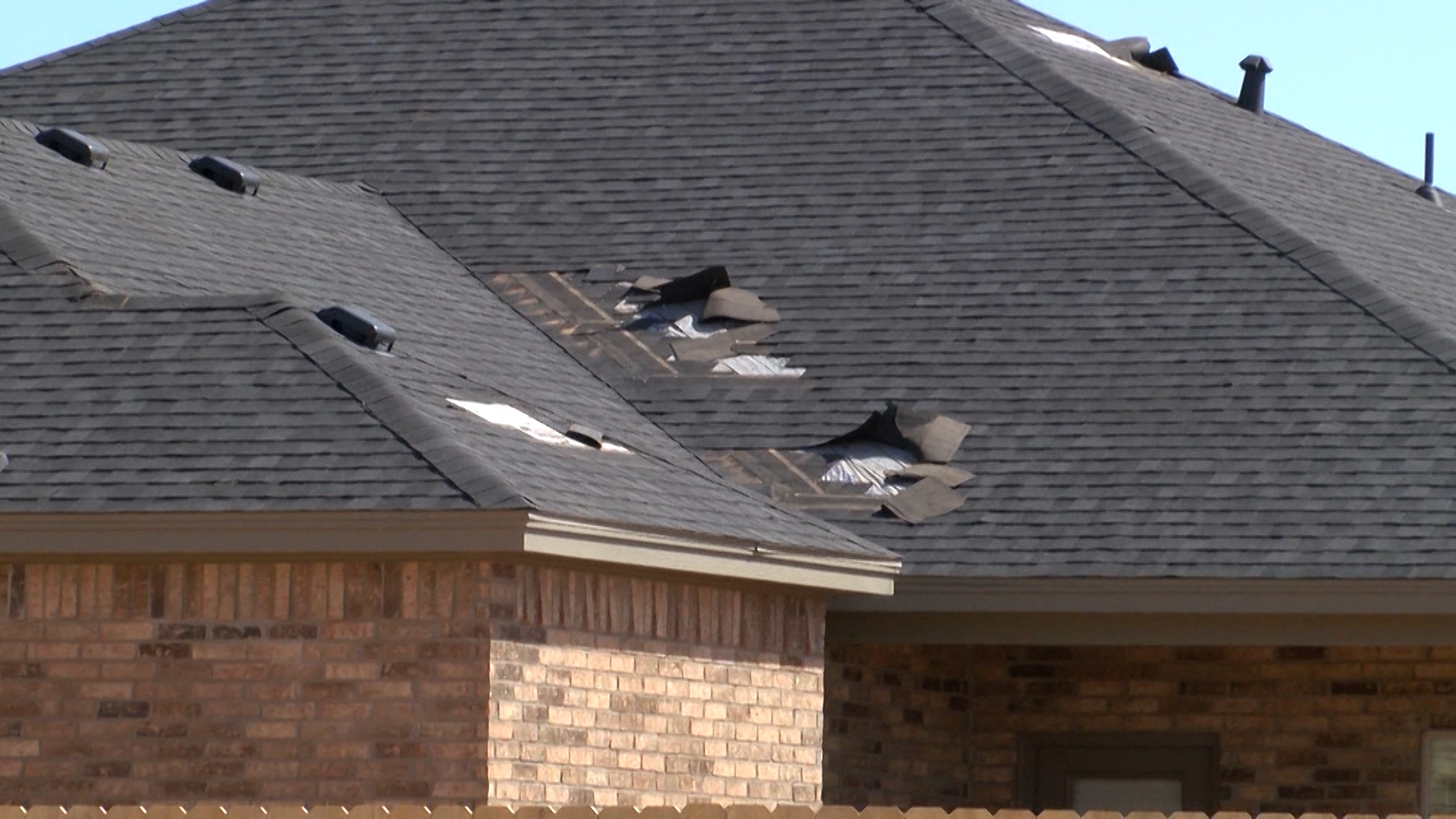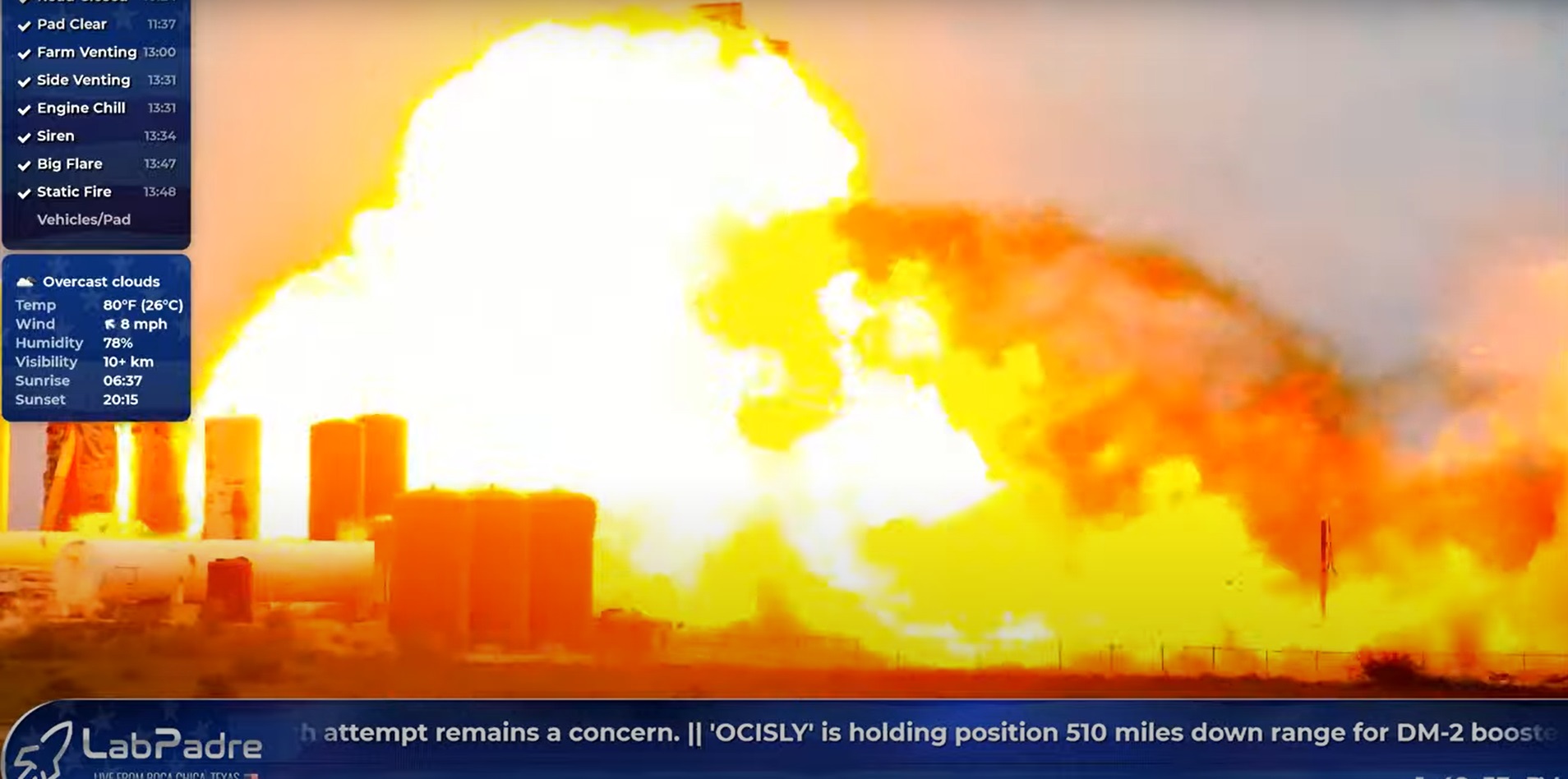LUBBOCK, Texas – Weather can always impact transportation or trigger delays both on the road or in the air. Safety is always the number one concern no matter how you are traveling. Aviation has been around for almost a century and through that time there has been extensive learning, revisiting, reviewing and implementing new safety practices to ensure that pilots get from one place to another safely.
Before each flight a pilot is required to get a weather briefing for the route of flight, and any alternate locations in the case of a diversion. In addition to that, they also have to carry enough fuel to get there and and fly for another 45 minutes beyond that.
Most pilots get their weather information from the National Weather Service. In addition they get notices about things that may or may not be functioning at an airport and existing weather and runway conditions. Other weather information comes from air traffic controllers and cockpit data links.
Fog and ice are some of the most problematic conditions the aviation industry has to deal with. Airports avoid putting sand on icy runways because invariably jet engines ingest a lot of air, and tend to ingest that sand into the engine. With foggy conditions pilots are able to fly on instruments, down to a height of 200 feet above ground level, and one half mile of visibility but nothing below that.
Airline cancellations are the result of the airline dispatcher and the pilot in command. If the weather is below airfield minimums a lot of operators cannot even depart until the forecast is favorable for a successful landing. It is very rare for some other entity to declare the airport closed.
The regulations that exist today, are there to ensure that pilots get from one place to another safely. Airlines do extensive training on emergency procedures for adverse weather conditions to ensure that you get to your destination without harm.
















